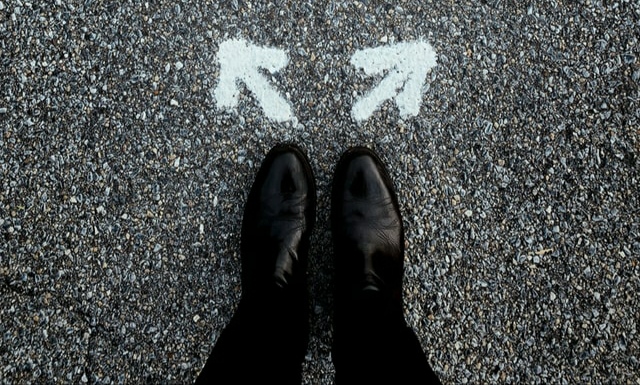Apple co-founder Steve Jobs always made a note of the fact that success is about putting in the work and not making excuses.
“You can’t connect the dots looking forward; you can only connect them looking backwards. So you have to trust that the dots will somehow connect in your future,” he said during a 2005 Stanford University commencement address.
Unlike many people, who think about their goals in the future tense — “I’m going to open a bakery one day, or I’m going to write one day, or I’m going to lose weight one day” — Jobs believed goals should be framed in the present tense.
That being said, what’s the difference between “one day” and “day one”? And what lessons can we draw from both viewpoints?
One Day
It’s amazing how a single day can change everything. One day you could have been stuck in a dead-end job, and then the next thing you know, you’re driving home from the first day of your new career.
One day, you could have been in a toxic relationship, but the next thing you know, you’re waking up next to the love of your life.
One day you could have been a student who could never write an essay, but the next thing you know, you’ve published two books and are giving speeches at Harvard and MIT.
One day is hope without work.
It is what we tell ourselves to get through a rough day, a challenging week, or a discouraging month. One day is hope without having to do the work needed to make the dream a reality.
When we believe in something, and we don’t start taking action on it, it only pushes reality further and further away.
“One day” is an unrealistic goal. Why? Because “one day” isn’t tangible or measurable.
Don’t get me wrong. I’m a dreamer and a hopeful person. But hope without action is wishful thinking.
However, to achieve goals, there has to be a plan of action for you to follow through on. Without that plan, and the steps you need to grow, the odds are in favour of you failing.
So, how can you create tangible goals and stay motivated to achieve them? You create “Day One” goals.
Read Also: Effective collaboration: the case for outward-facing leaders
Day One
So what is Day One? Day one is when you decide to take that first step towards your dream and goals.
Whether that’s starting a business, going on a trip, getting in shape, or whatever it might be.
Did you ever notice how even the simplest task, when repeated, can snowball into major progress?
For example, if you combine daily exercise with a proven diet, your health keeps improving. Do they sound familiar? They should — because they both started with small steps.
This is exactly what Day One looks like — small, gradual steps towards your goal.
Similarly, day one is also about learning through experience and doing it with the right attitude. It’s that moment when you say to yourself, “I can, and I will.”
Wrapping Up
The “one-day” perspective represents the traditional method of thinking that concentrates on the future but often ignores the here and now.
However, Day One represents a more realistic approach to goal setting and achieving our dreams.
This method encompasses the idea that there are no small steps — not when dealing with your future.
So, which is it going to be? One day or day one? You decide.

